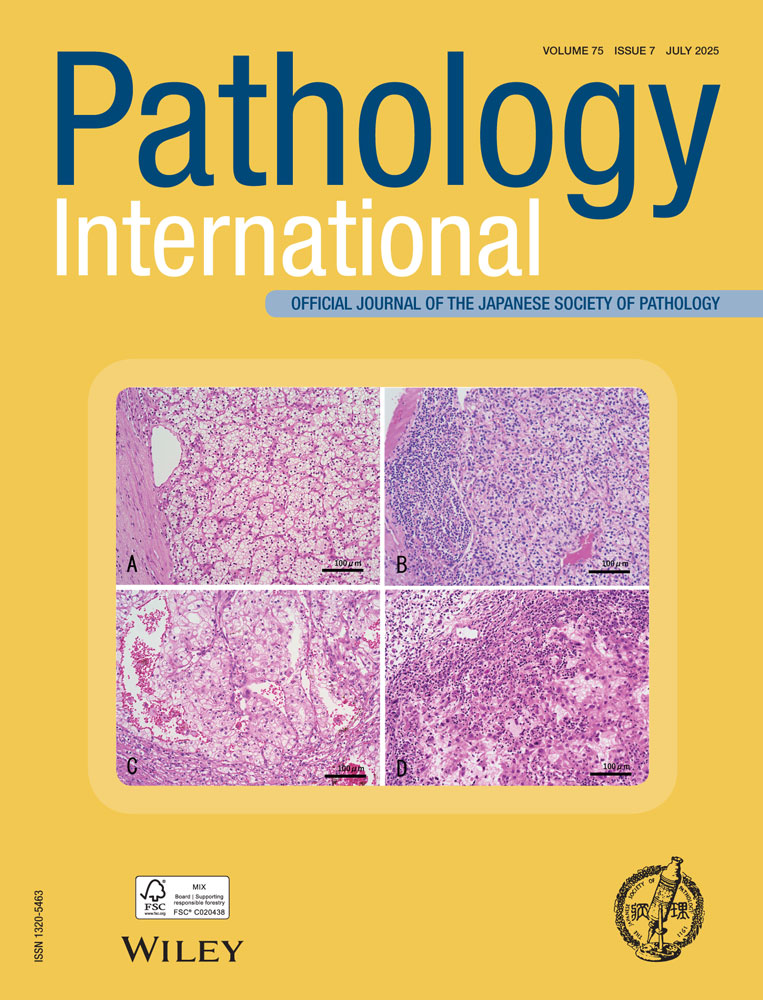Localization of identified advanced glycation end-product structures, Nε=(carboxymethyl)lysine and pentosidine, in age-related inclusions in human brains
Abstract
The recent identification of age-related accumulation of advanced glycation end-products (AGE) of the Maillard reaction In neurons and vessels of the human brain suggests the involvement of AGE in the aging process. A variety of inclusions such as lipofuscin granules, corpora amylacea, Hirano bodies, granulovacuolar degenerations and ubiquitin-positive granular structures are found in the aged human brain. These age-related Inclusions contain insoluble and non-degradable proteins. Advanced glycation end-product-modified proteins are also known to be insoluble and protease resistant. The similarlty between proteins in such inclusions and AGE-modified proteins suggests the presence of AGE in inclusions. To investigate this possiblllty, the presence of two known AGE structures, N-(carboxymethyl)lysine (CML) and pentosidine, was exarnined in age-related inclusions. immunohistochemical examination of the medial temporal area of brain tissues obtained at autopsy from seven nondemented elderly individuals demonstrated positive reactions in lipofuscin granules and corpora amylacea but not in other inclusions for anti-CML and anti-pentosldine antibodies. As CML and pentosidine are glycoxidation products among AGE, the results suggest that glycation andor Oxidation may be involved In the formation of lipofuscin granules and corpora amylacea.




